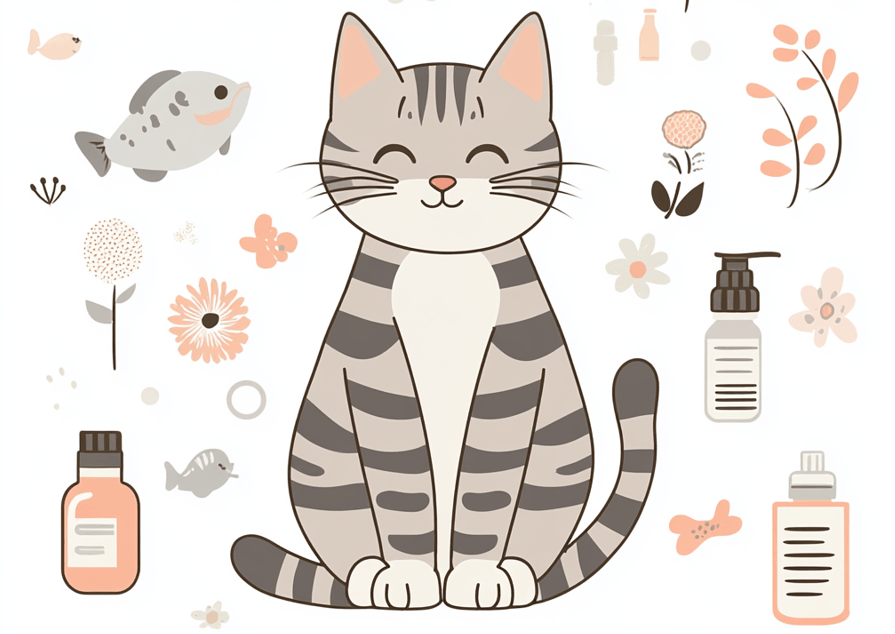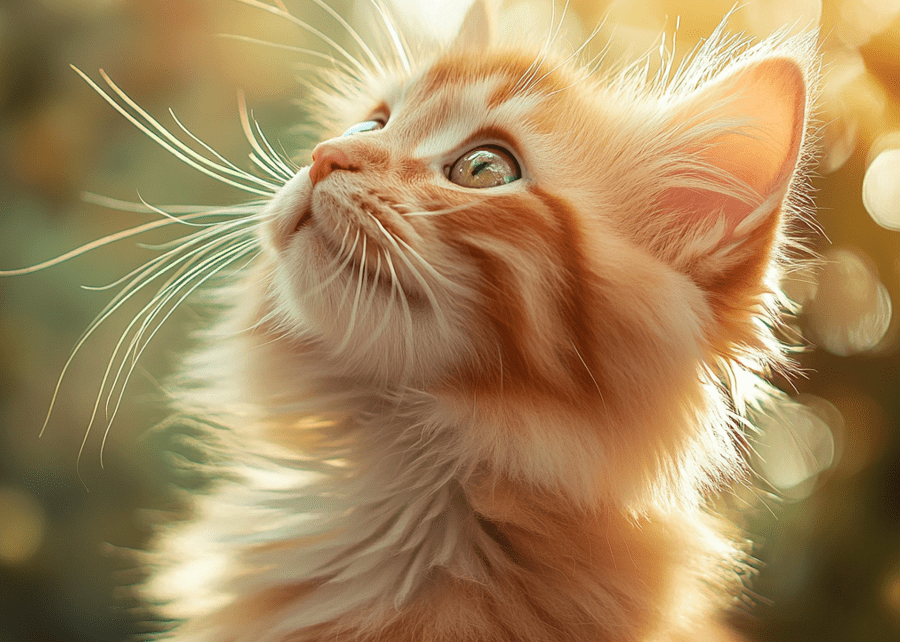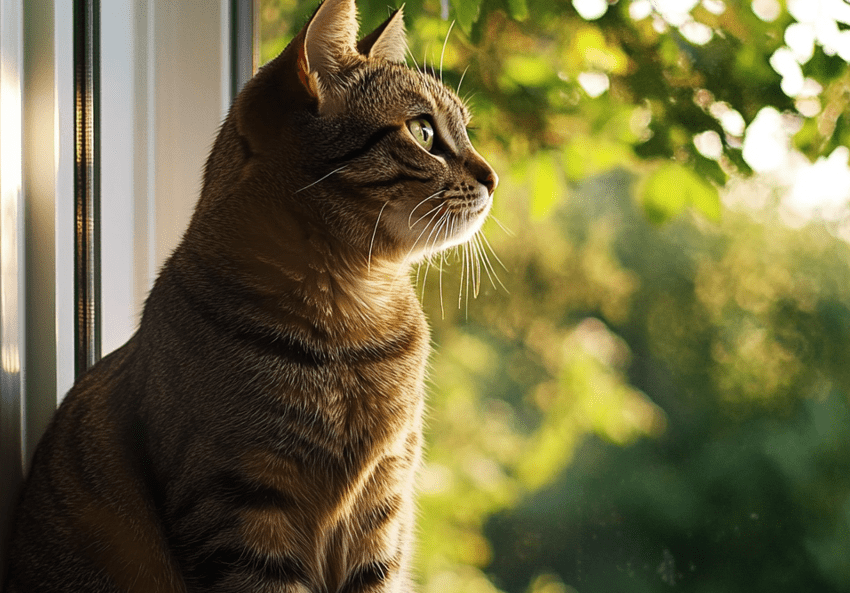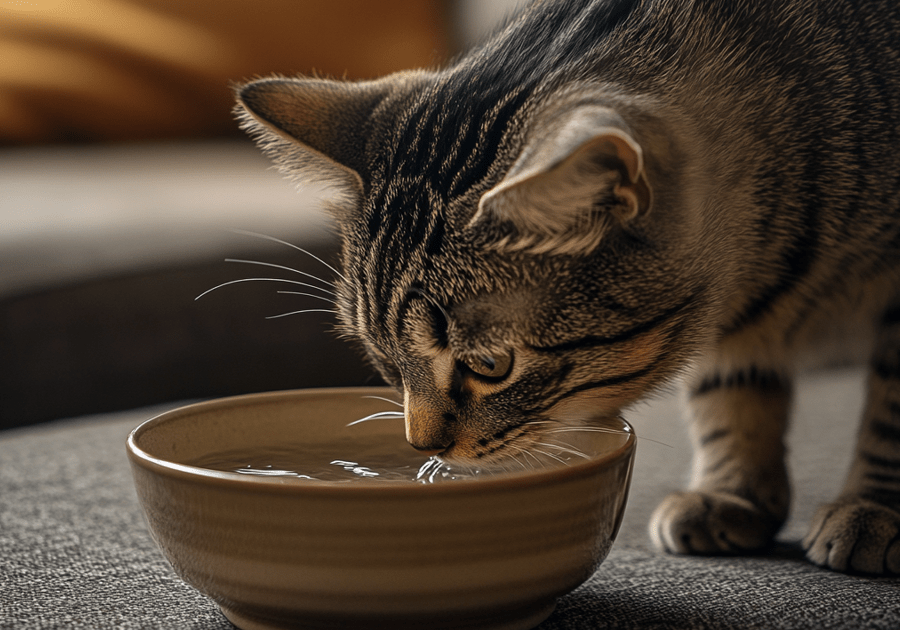
Managing cat Diabetes is a critical thing that needs to be taken seriously in order to have your feline friend lead a healthy life despite the disease. Diabetes is a fairly common disease in cats, especially in older and obesity-prone animals receiving a high-calorie diet. Diabetes develops when the hormone insulin is lacking or its use is impaired by the body cells (Type 1) or the body cells do not use insulin properly (Type 2). diagnosing may sound more complicated, however, with correct diagnosis and subsequent management, cats affected with the disease can live a comfortable and healthy life span. From symptoms to chronic maintenance, this article will help you understand how to care for your diabetic cat.
To watch the summary of this article, just watch this video-
How to Teach Your Cats the Early and Visible Signs of Diabetes
Diamond: For any cat owner, it is important to be able to recognize when the cat is showing the first symptoms of diabetes. The longer you wait for the vet, the lower the likelihood of the disease being managed.
Common Signs of Diabetes
Increased Thirst and Urination: Diabetes manifestation is exemplified by polydipsia – excessive thirst and polyuria – excessive urination. Cats may imbibe much higher volumes of water than normal and also have frequent or larger volumes of urine production.
Weight Loss Despite a Good Appetite: Despite polyphagia, diabetic cats may become emaciated owing to an inefficiency in the metabolism of nutrients in their diets.
Lethargy and Weakness: Diabetic cats may experience fatigue and weakness owing to their body’s ability to metabolize energy.
Other Symptoms: Other possible symptoms are vomiting, lack of appetite, and consequent dehydration, lethargy, and unclean coat.
When to See a veterinarian
If your cat develops any of the signs mentioned above, you should contact your veterinarian for advice. Simple actions taken right from the start may help to stave off life-threatening consequences and boost the effectiveness of treatment.
Diagnosing Diabetes in Cats
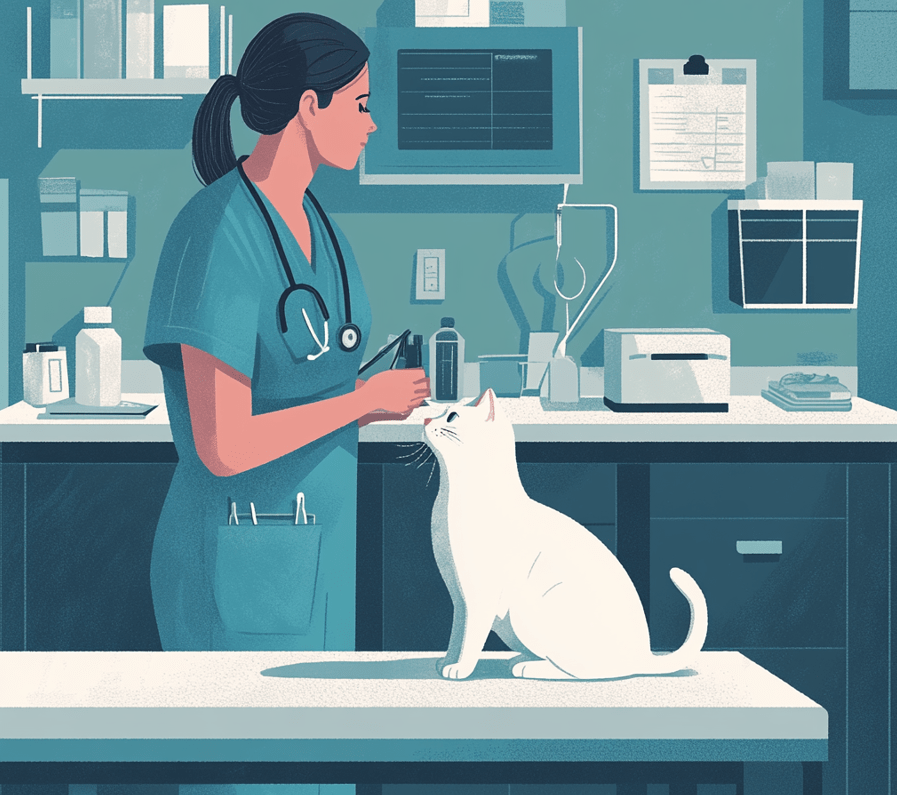
Should your veterinarian think that your animal has diabetes, he will carry out several tests in order to offer a prognosis.
Veterinary Tests
Blood Glucose Levels: The main examination process that is used to identify diabetes comprises a blood test that determines the amount of glucose contained in the blood. A high level of glucose in the blood usually suggests diabetes.
Urine Tests: It will help if your vet examines your cat’s urine to check for glucose and ketones, common in cats with diabetes.
Fructosamine Testing: This field measures your cat’s blood glucose level during a particular week and therefore it is more convenient for an accurate assessment of long-term regulation.
Differential Diagnosis
It’s also necessary for your veterinarian to exclude other diseases that have the same signs as Addison’s disease like kidney disease and hyperthyroidism. Such conditions may need to be treated differently so proper diagnosis is very important.
Cats and diabetes – how to help your cat joyfully live with diabetes and no longer suffer from this disease.
The treatment objective of feline diabetes mellitus is to maintain the blood glucose levels of the cat and minimize complications. There are several main aspects of diabetic control in cats.
Insulin Therapy
 Types of Insulin: The insulins available in cats include Glargine and PZI (ProZinc). Both types of insulin are used in controlling High blood sugar because they enable glucose to be taken into the cells. Depending on your cat’s requirements your veterinarian will advise on the specifically most appropriate insulin.
Types of Insulin: The insulins available in cats include Glargine and PZI (ProZinc). Both types of insulin are used in controlling High blood sugar because they enable glucose to be taken into the cells. Depending on your cat’s requirements your veterinarian will advise on the specifically most appropriate insulin.
Administering Insulin Injections: Insulin is normally given through subcutaneous injections, that is, it is injected into the layers just under the skin. All cats receive their insulin twice a day, at approximately 12-hour intervals. With practice, it may be less stressful and many people attest to now being able to perform the process effectively.
Consistency is Key: However, what’s important is to be very rigorous with the schedule of giving insulin so that the blood sugar level remains very stable. Your veterinarian will help you to understand how your cat is likely to respond, and therefore help you to change the doses accordingly.
Dietary Management
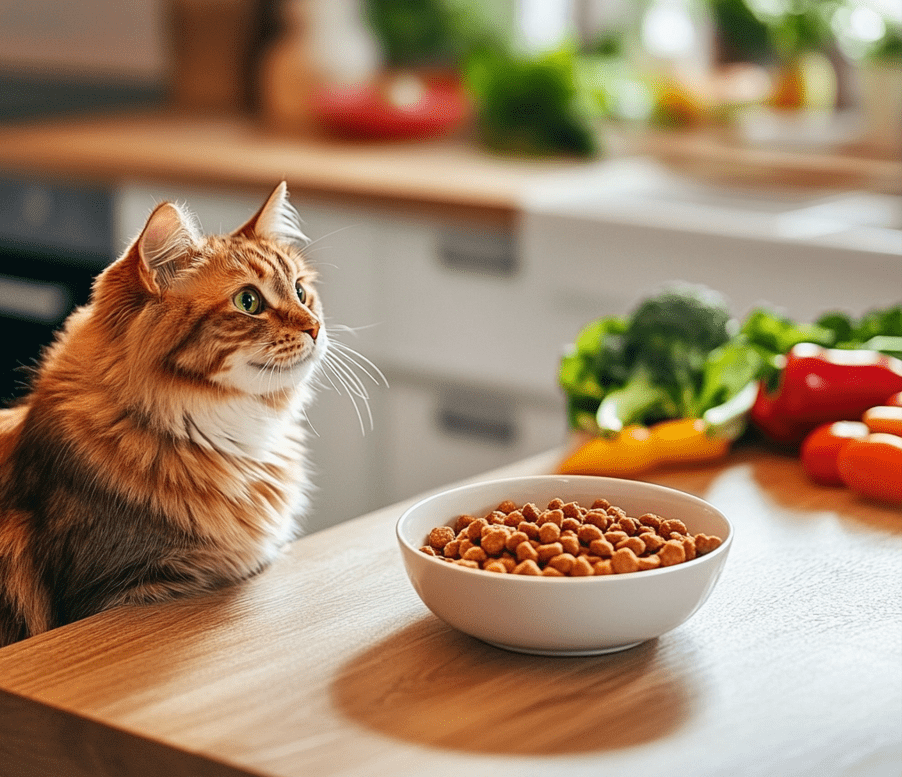
High-Protein, Low-Carb Diets: Diabetes in cats can be best controlled through the diet. Consuming protein with low carbohydrates helps keep the blood sugar levels in check. There are many such commercial diabetic cat foods available, although/homemade diets could also be prepared in case consultation with the veterinarian is obtained.
Portion Control: Feeding your cats too often or feeding the wrong foods can lead to swellings of blood sugar levels. The frequency of the feeding and the amount of food to be given is determined by your veterinarian based on your cat’s weight, age, and insulin level.
Meal Timing: There should be a proper schedule for a meal because it has an influence on the efficacy of the insulin. Consistency is important when feeding your cat because it is recommended to feed a cat at specific times.
Exercise and Weight Management
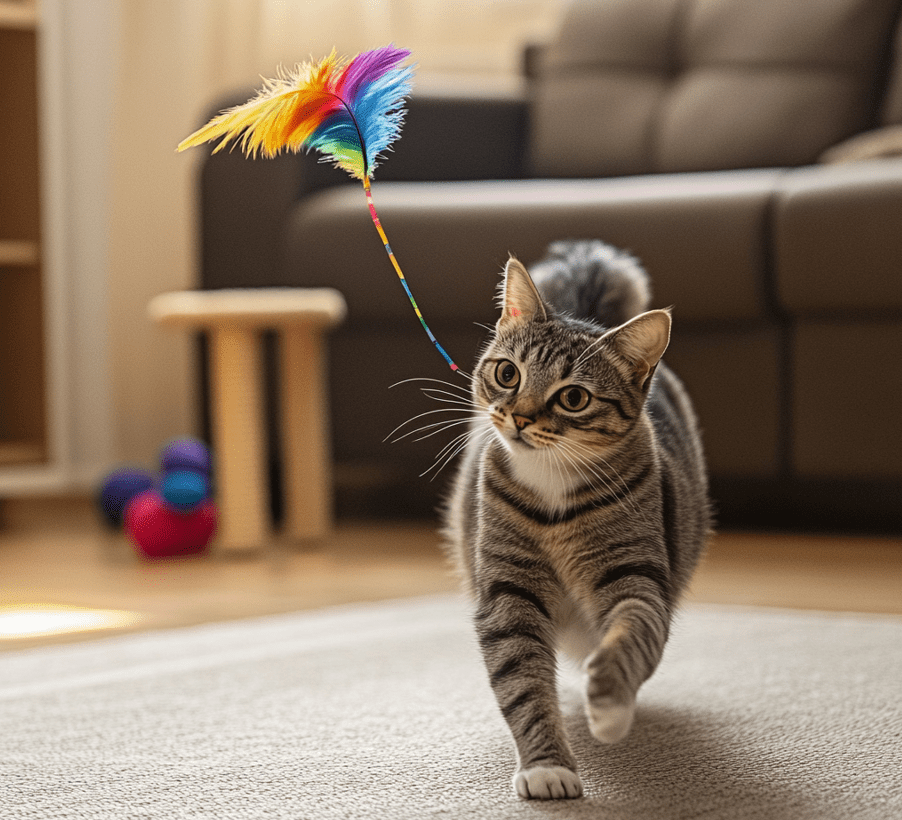
Encourage Activity: Physical activity also keeps your cat lean and healthy and increases the sensitivity of your cat to insulin. Or, play with toys or do something that will make your cat more active.
Weight Loss: For example, overweight cats get diabetes, and being reduced as a weight can help lower blood sugar levels. In overweight cats, Weight loss could enhance insulin responsiveness due to the fact that obese cats are inclined to develop Type 2 kind of diabetes.
Management Of Blood Samples of Glucose
This condition must be monitored for changes in blood glucose levels concerning the treatment of your cat. The glucometer is a device that some owners like to test their cat’s blood glucose levels. This makes it easier to tinker with insulin intake in smaller ways than in Type 1 diabetes. There are however more frequent monitoring CGM devices that provide a steady monitoring of blood glucose levels.
Managing Complications of Cat Diabetes
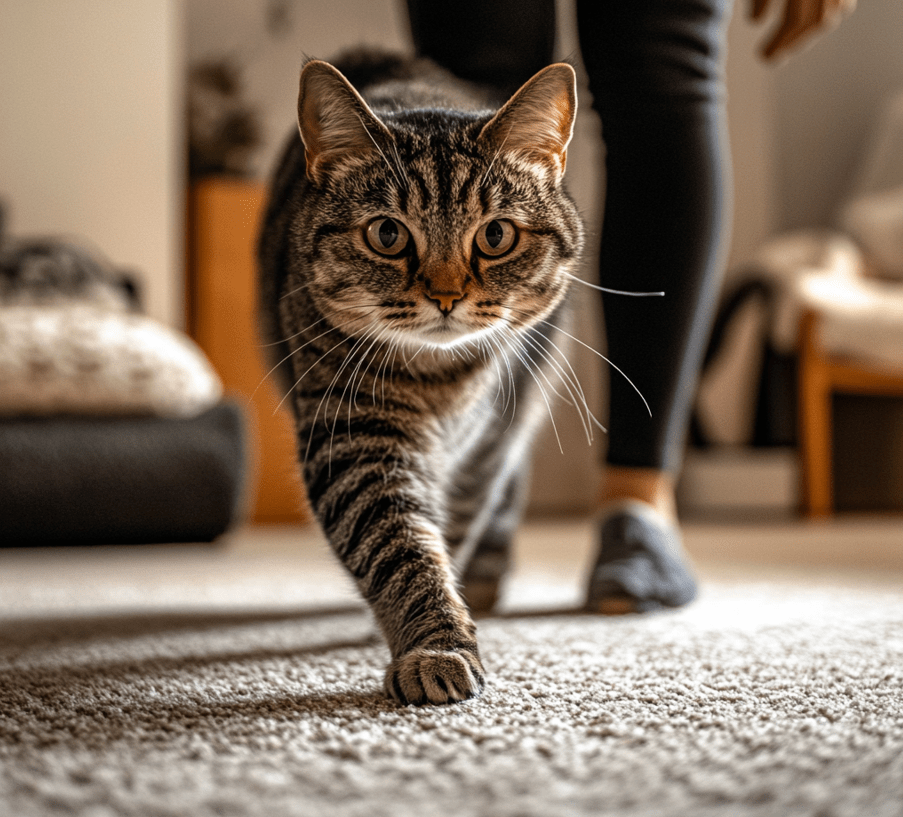
In the best of situations, complications are possible; however, actualization entails early detection to prevent exacerbation.
Diabetic Ketoacidosis (DKA): DKA is a state of hyperkeratosis, which will manifest in coma if left uncontrolled due to high levels of insulin deficiency. The symptoms of DKA include vomiting, fatigue, poor appetite, and tend to have a vomiting smell on their breath. If your cat displays these symptoms, take your cat to the vet at once.
Neuropathy: Diabetic neuropathy is a disease that develops when high glucose levels cause harm to the nerves, and that often brings weakness in the rear limbs. Pets with diabetic neuropathy may be having issues while walking or seem to be just dragging their back legs. Management entails very aggressive glycaemic control and occasionally analgesia to help reduce some discomfort.
Retinopathy and Other Long-term Effects:
This reduces the ability of blood vessels in the eyes to respond to high blood glucose levels leading to retinopathy a condition that results in loss of vision. The risks of such complications should therefore be closely watched for during follow-up veterinary doctor appointments to make necessary alterations.
Living with a Diabetic Cat: It may be said that homework begins immediately when a cat is diagnosed with diabetes; however, it is not monotonous and only positive outcomes can be observed.

Creating a Routine: Cats are used to prescribe diets and regimens most especially for diabetic cats. Well-regulated feeding times and insulin injections with the help of monitoring will help maintain the different glucose indices and avoid large fluctuations.
Monitoring and Adjustment: Regular check-ups with your vet are essential in order to determine how your cat is coping with the disease. Your vet may need to change the insulin dose, diet, feeding, or other factors involved in the care of the diabetic pet. Checks at home enable the owner to note some changes in the cat’s health in case they occur.
Emotional and Practical Support for Pet Owners: Living with diabetes is not easy and there are many feelings which people with such a disease experience. Help is available when needed from online groups, veterinary professionals, or friends and family. According to Schaefer, many owners like knowing they are giving their pets the best care possible.
Conclusion
The treatment of diabetes mellitus in cats involves, first, the administration of insulin, second, the use of an appropriate diet, third, exercise, and fourth, follow-up. The good news with diabetes in cats is that with the right approach, a cat can live a healthy, normal life once diagnosed. In any case, it is necessary to consult with your veterinarian to build an individual course of action and constantly monitor your pet’s condition. That is why, timely diagnostic of the disease and strict adherence to the prescribed treatment regime may significantly influence the outcome and, in some cases, achieve almost ‘cure’, while the quality of your cat’s life remains exceptionally high.

